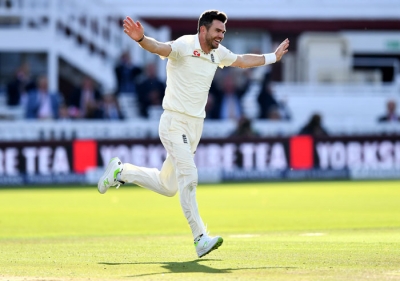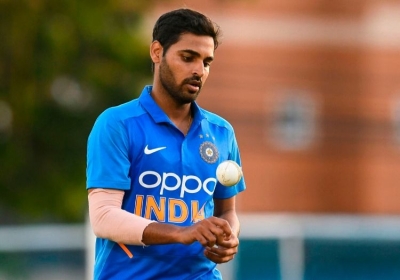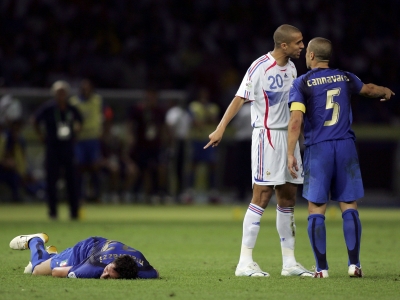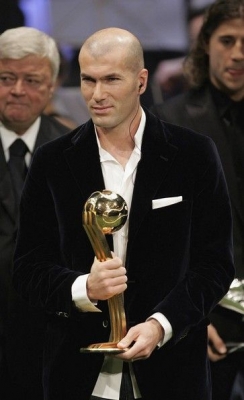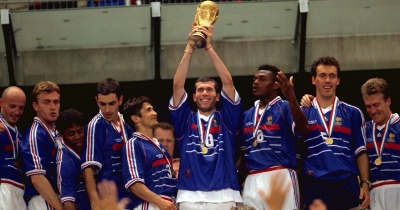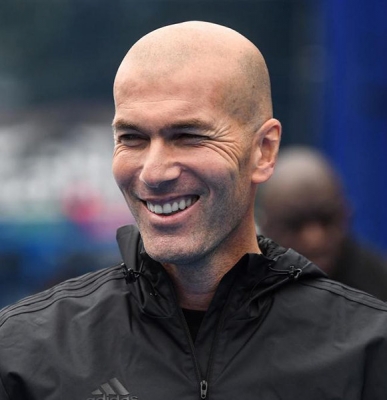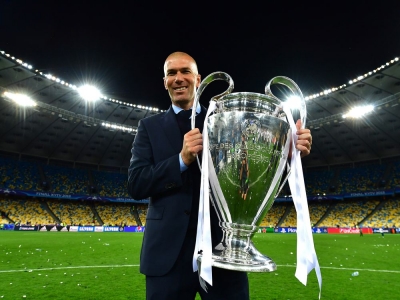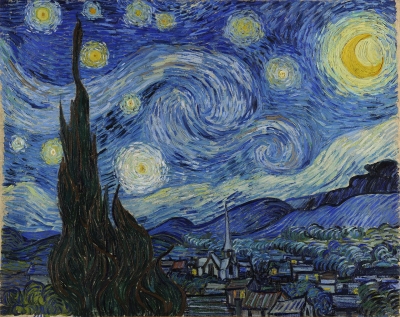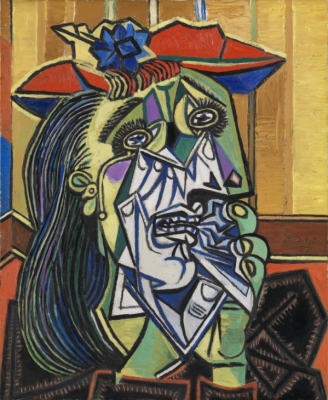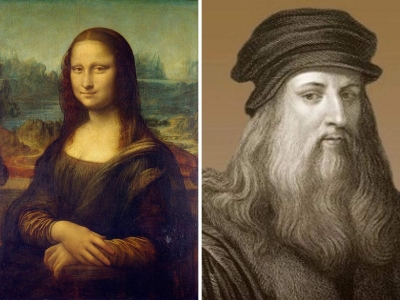Who has an ODI best score of 237 not out?

Guptil went on to set a new ODI record for New Zealand when he made the highest score of his career, 237 not out in the 2015 World Cup against West Indies at Wellington.[29] The innings was the second highest scoring individual innings in ODI history and remains Guptill's highest score in any form of cricket.
He broke many records during his innings. Apart from being the fifth person to score 200 in One-Day Internationals (ODIs), second to do in World Cups, first for New Zealand let’s list the other records he went past.
Guptill became only the second batsman from New Zealand to score a century in knockout stage of World Cups. The first was Chris Harris, who had scored 130 against Australia at Chennai in the quarter-final of 1996 World Cup. New Zealand had lost that match.
Guptill now has the top two highest individual score for New Zealand in ODIs. He is the only one to have this record at present from the Test teams.
Picture Credit : Google


